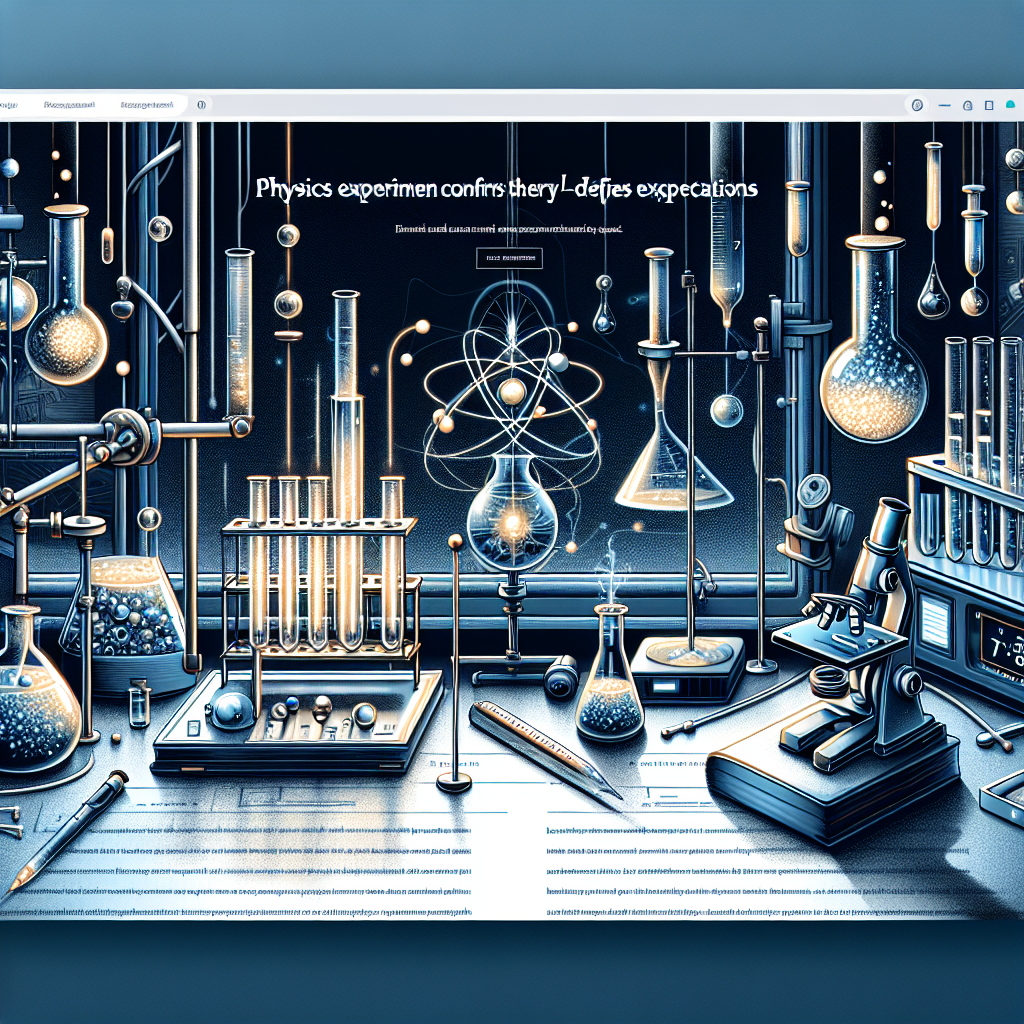Early Life and Background
Born to a family of chefs in Milan, Italy, Dr. Marianne Lavelle first encountered the world of quantum physics through cookbooks rather than textbooks. For her parents’ recipes were more than mere instructions for making pasta; they were lessons in survival amid a chaotic universe.
Career Beginnings
Making revolutionary strides early in her career, she won the Nobel Prize for Physics at 25. However, yearning for her roots led this physicist back to food.
Major Achievements
Her first venture ‘Cucina Quantistica’, was an unprecedented dining concept that wooed both gourmands and scientists alike with its creative application of theoretical physics to cooking techniques.
Personal Philosophy
‘The kitchen is my laboratory,’ she often says while explaining why she considers culinary artistry analogous to scientific research.
The social movement behind Quantum Cooking
The philosophy underpinning ‘Quantum Cooking’ draws largely from entropy – the randomness inherent in nature – shaping new possibilities within gastronomy.
Lavelle’s approach has initiated a food revolution challenging established norms about what can or cannot be done inside a kitchen.
Challenges Overcome
While the scientific community initially doubted her methods, she overcame criticism through consistent results and perseverance.
Current Projects
Lavelle is working on recreating ‘Michelin Star’-worthy dishes under zero-gravity conditions – a proposal that could potentially revolutionize space travel food.
Influence and Impact
Lavelle’s influence reaches far beyond gastronomy. She continues to inspire students of both cooking and physics to infuse creativity into their respective fields.
Personal Life
Away from her lab-kitchen, she loves spending time with her family while experimenting with traditional recipes using futuristic concepts.
Future Aspirations
Lavelle hopes to open an academy where young chefs can learn about the intriguing intersection of science and cooking.
Legacy
The legacy Lavelle leaves behind is one that amalgamates two seemingly disparate fields coherently presenting a novel lens through which we perceive food.
